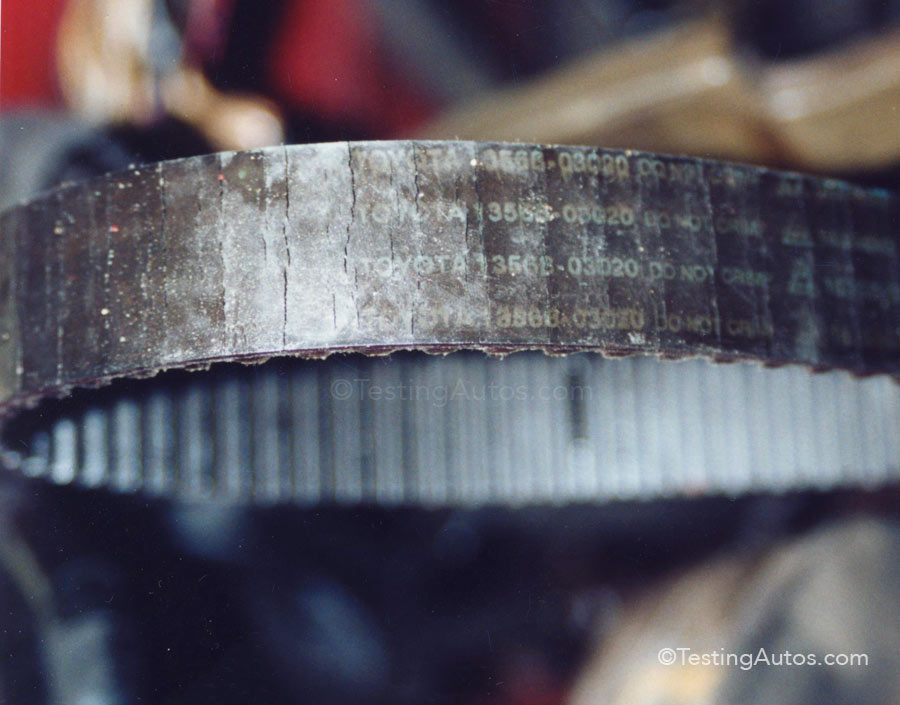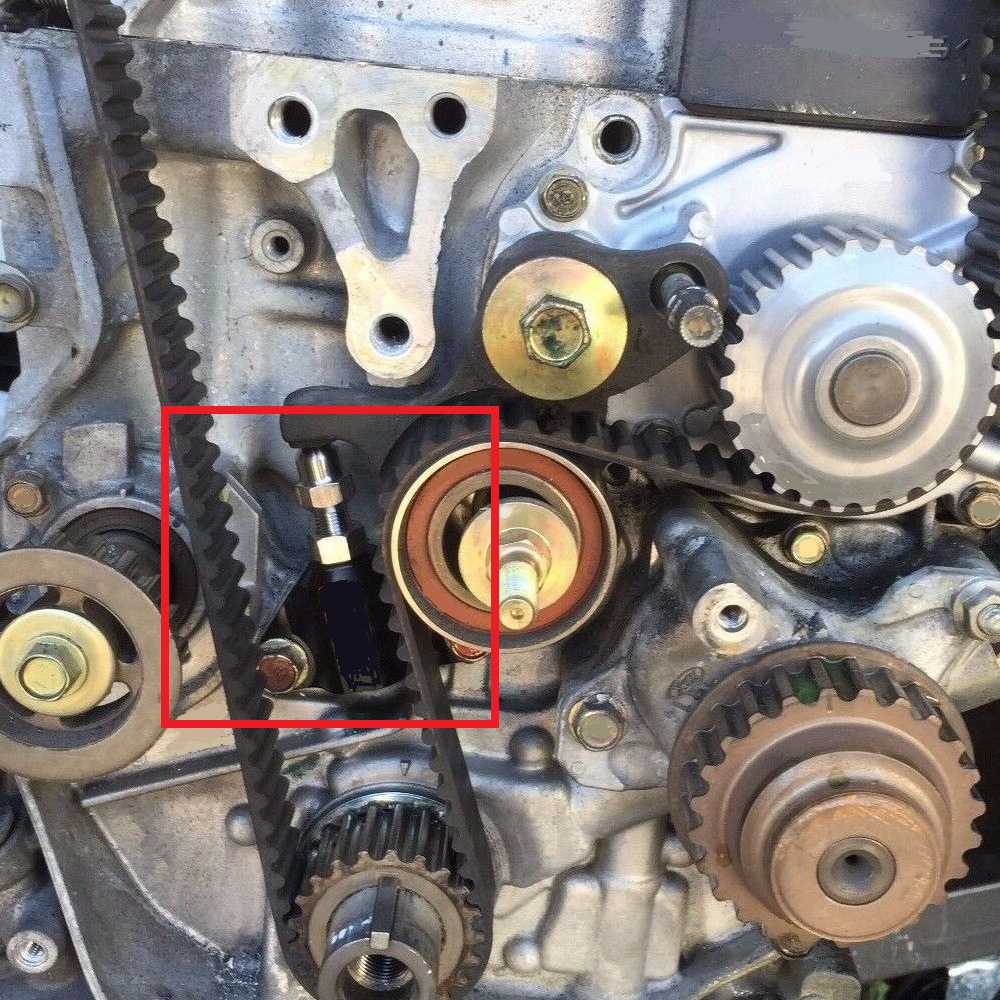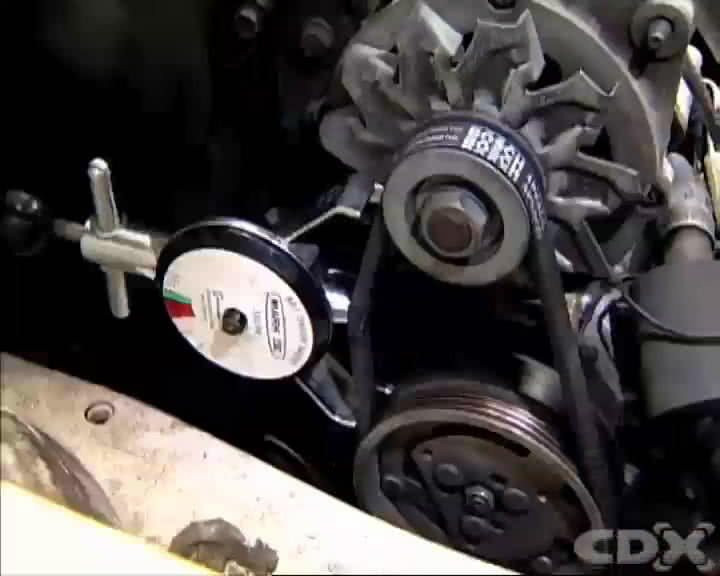
Generally, a timing belt replacement cost can range from $300 to $1,000 or more.
#TIMING BELT TENSIONER SYMPTOMS PROFESSIONAL#
This can be a complicated process, so it’s best to visit a professional shop to have it done. If the timing belt is beyond tensioning due to wear and tear or other damage, you may need to replace it. To adjust tension further, repeat step 5 if necessary.
#TIMING BELT TENSIONER SYMPTOMS HOW TO#
Here’s a video that shows how to check timing belt tension This can typically be done using a tension gauge or manually checking the tension by pressing the belt with your finger. Step 6: Check the tension: After the adjustment is made, it is important to cross-check the tension.

Keep adjusting until you can see that the timing belt is tightened properly. To do this, you need to rotate the spring loaded tensioner pulley bolt clockwise. Step 5: Adjust the timing belt tension: This step involves rotating the tensioner pulley to constrict the timing belt. Step 4: Check the recommended tension from the service manual: To find out how much you need to adjust, consult your vehicle’s service manual. Step 3: Locate the tensioner pulley: The tensioner pulley is typically located in the engine compartment near the crankshaft pulley. Make sure to pay close attention to how you disassemble these parts, as you’ll need to reassemble them correctly later. Once you’ve removed the cover, the timing belt will be visible and accessible. Step 2: Remove the timing belt cover: To make the timing belt visible, you’ll need to remove a few more bolts to take off the timing belt cover. Then, remove any other pulleys that are mounted on the timing belt cover. To remove the serpentine belt, use a socket wrench to loosen tensioner screws and remove the bolts that hold it in place. The timing belt is typically located inside a cover, and the serpentine belt is mounted on top of this cover. Step 1: Remove the serpentine belt: To access the timing belt, you’ll need to remove the serpentine belt first. To tension a timing belt using the tensioner pulley, you will need to follow these steps:

In some cases, you may be able to see if the timing belt is stretched by visually inspecting it. The most common signs are clicking or slapping noise from the engine and misfiring. Symptoms: Unusual Noise/ Engine MisfireĬertain signs can identify a loose timing belt. This problem has, however, some certain symptoms. The timing belt can jump off a tooth or more when it gets loosened. Timing belts are subject to wear and tear over time, and can eventually become too loose to function properly. Here are some common causes and solutions for a jumped timing belt: ReasonĮngine misfire, loud noise, loose timing beltĬlicking or ticking noise/ engine misfire To fix this issue, you must understand what’s causing it because the solution can vary depending on the reason.

The answer is yes it’s possible to fix the jumped timing belt. You may have a question: can you fix a jumped timing belt?
4 Conclusion Jumped Timing Belts: 3 Reasons & How to Fix Them


 0 kommentar(er)
0 kommentar(er)
